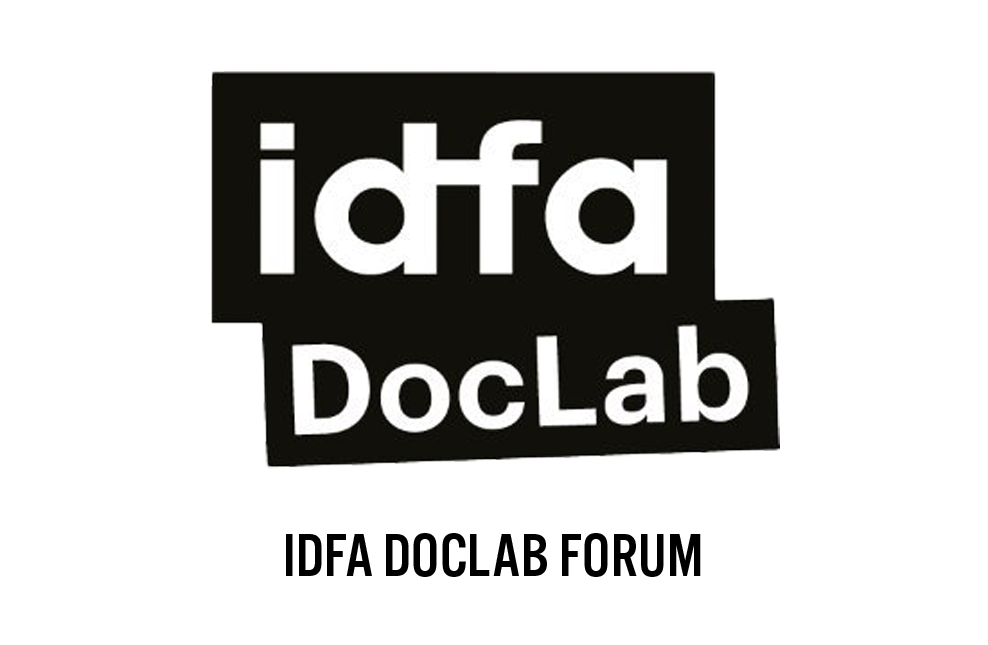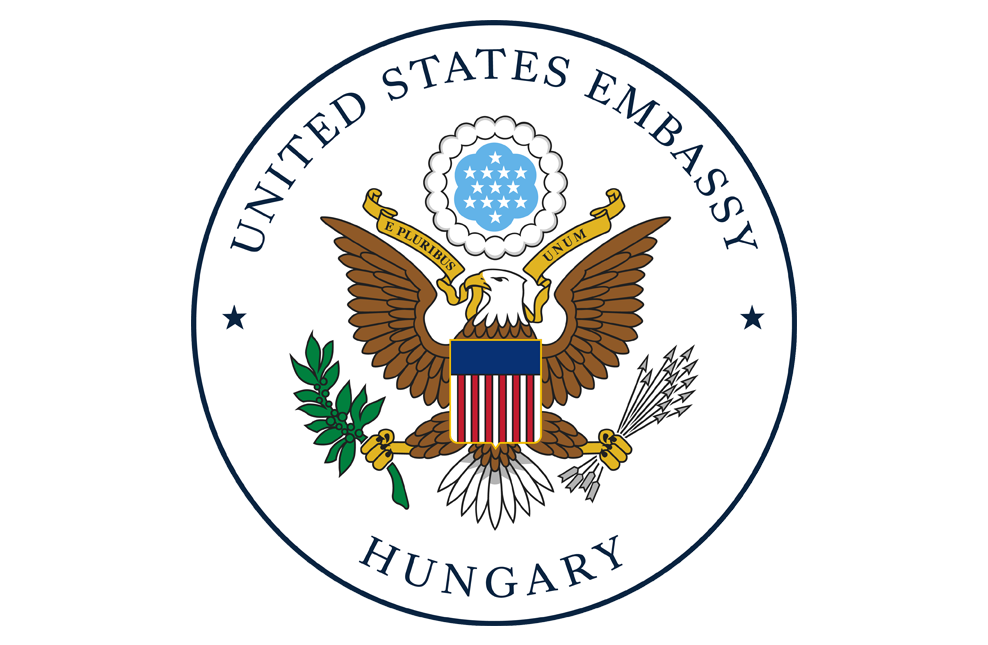An immersive, participatory location-based Mixed Reality experience in Budapest’s Jewish Quarter that makes invisible history visible.
(photo: Imre Kinszki - source: FSZEK, Budapest Collection)
When someone – either a local or a tourist – walking today in Budapest’s Rumbach street says “Let’s get a drink!”, they are unaware that in 1944, it was that particular street that hosted the Budapest Ghetto’s last working water tap, providing the last drips of hope for 80,000 entrapped Hungarian jews.
When they are checking out hip clothes in the nearby vintage store, they miss out on the story: in 1944 that street hosted the manufactory of a Christian dyer who hid 100 jews in his workshop to save them from deportation.
When history becomes invisible, history is forgotten.
Designed by a multi-disciplinary team of scientists, If These Streets Could Talk is a state-of-the-art, site-specific interactive mobile Augmented Reality experience with a pilot chapter in Budapest that makes the invisible history of European cities visible.
Magyarországi adományozási kampányunk
Support the project by donating now
Creating a new genre.
It is a fully interactive real-world documentary that combines the newest technologies (holograms, 3D animation, ethical deep fake, localized overlays) with research from XR storytelling, educational psychology and media theory to redefine the medium of documentary storytelling.
Academic research
We work with a multi-disciplinary team of academics to innovate – ranging from historians through social psychologists to new media experts. In addition to creating a fully innovative project, the findings will be shared with the community and published in leading scientific journals around the world.
#1 Interactive & Ethical representation
With such a sensitive topic as the Jewish experience in 20th century Europe (which includes the Holocaus)t, what role can we assign to the audience that isn’t only immersive, but also enables an accurate, sensitive, and ethical representation of the issue?
To give an utmost considerate answer, we decided to implement research into the production phase itself: In collaboration with leading academics in the field, we use a design thinking approach to test different scenarios and narrative perspectives. We’ll choose the final format based on extensive user testing of these options – and the outcome won’t only inform the project itself but the findings will be published in leading scientific journals so that they will help advance the broader interactive media community.
#2 Film vs. New Media for education, empathy & impact
To maximize the educational impact of the project, we’re designing the interactions with the help of social psychologists specialized in psychological interventions. We’ll compare the project’s effectiveness to traditional media like film. Besides implementing the principles of “wise interventions”, we will use the most rigorous testing methods (with randomized controlled trials) to assess the efficacy of our program.
In addition to creating an applied program, we will share our findings with other education, museum & interactive media professionals working on Holocaust-related programs. The study is set to be preregistered in OSF and the results are planned to get published in top-tier international scientific journals (Journal of Personality and Social Psychology, Psychological Science, Journal of Educational Psychology, Computers in Human Behavior).
#3 Long-due historical research
Historical research of the Holocaust still has surpisingly spotty areas. Although some of the key events of the Holocaust happened in the heart of European capitals like Budapest’s, the knowledge about some of these areas and events is very limited. As part of the production phase of the project, our historian expert will conduct 3-months-long research and the results won’t only define the narrative but will be also published as academic papers.
Advancing Holocaust remembrance
-
New times need new Storytelling methods.
According to recent studies,
more than 50% of the people today don’t know that 6 million Jews were killed during the Holocaust.
The number is even higher among younger adults: 63% of Gen Z lack key knowledge.
Several recent surveys have suggested that knowledge about the Holocaust is dwindling amongst young people, but that interest is not.
We’re using the newest media to reach all generations.
-
Making Holocaust-representation more wholesome.
Based on traditional representation,
people generally perceive that the Holocaust was done 'by others', 'long ago' and 'far away'
– whilst the reality is far more complex.
We’ll show that it also happened in the heart of our very own cities and was also committed by our fellow citizens – so that we better understand how it happened and what the takeaways are for our present world.
Director’s statement
R&D + multiple chapters
Phase 1
In Phase 1, our multi-disciplinary team of experts conducts thorough R&D and creates the pilot chapter in Budapest, about the hidden history of Budapest's Jewish quarter & the Ghetto.
Phase 2
In Phase 2, we take all the immersive storytelling & psychology & ethics & tech knowledge we got out from the pilot chapter and we work together with production partners all across Europe to build local city chapters. The European city-chapters will be created by local production studios in each city (using the R&D coming out from the pilot chapter in Budapest), so we are looking for local production studios from European cities who are interested to collaborate on the project. Reach out to us if you're interested!
Let’s collaborate.
We are always open to extend our partnerships, and specifically looking for
Academic researchers/institutions
in the field of XR, AI, psychology, media and education
Funding boards / grant institutions all across Europe & worldwide
Production studios
who are interested in creating local European city chapters
or who are interested in experimenting with AR, MR, ethical deep fake and 3D R&D
Jewish organizations & museums
who are interested in creating local city chapters
or who have the potential to fund innovative projects
Contact us.
Would you like to support the project? Are you interested in creating your local chapter?
Reach out to us at hello@if-these-streets.org.
Interested in news and updates? Sign up to our newsletter in the form on the right/below.






















